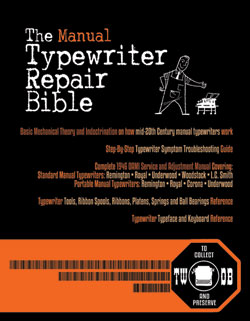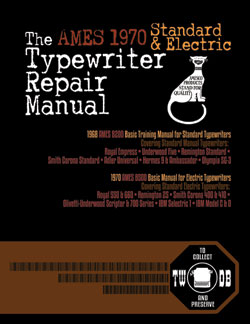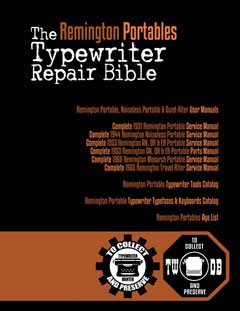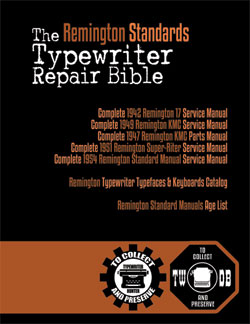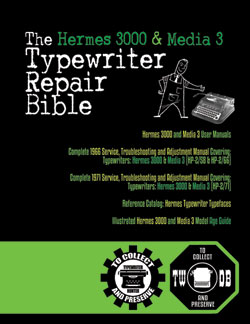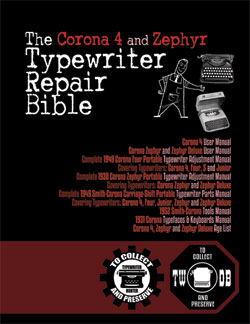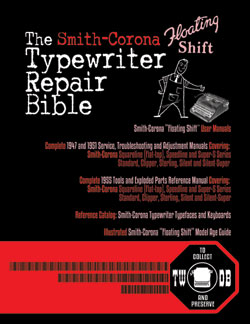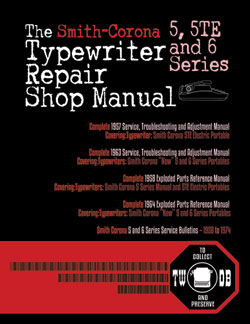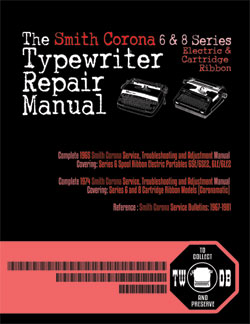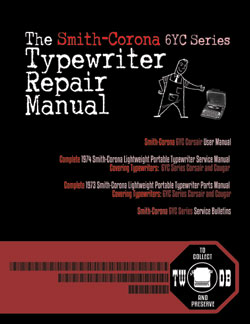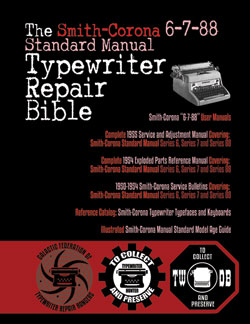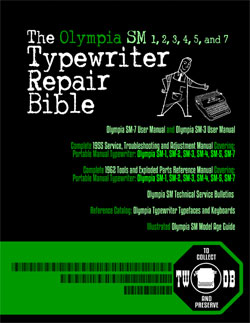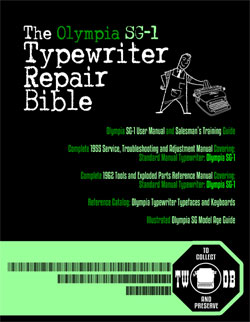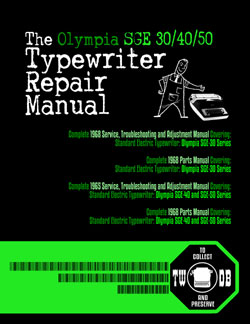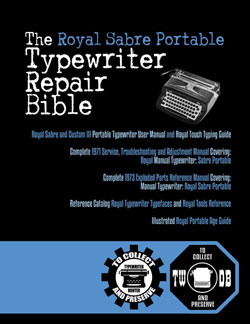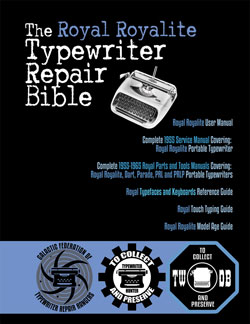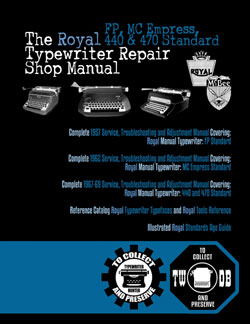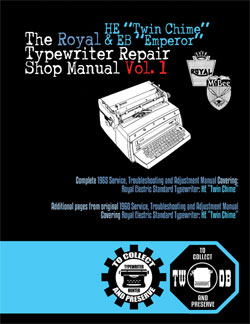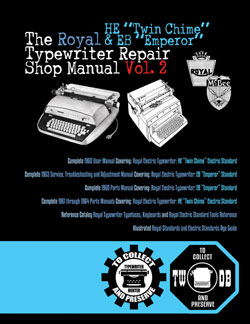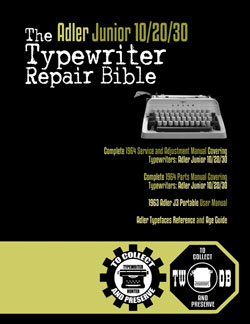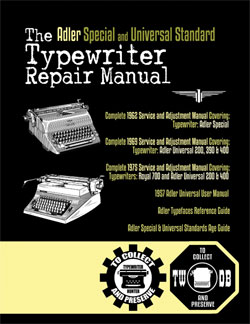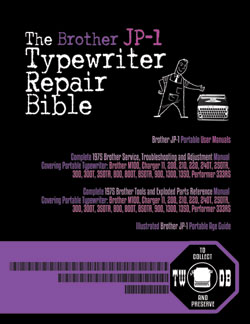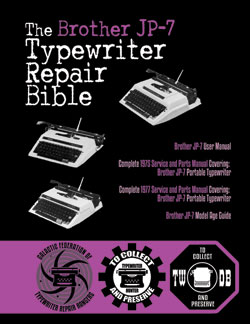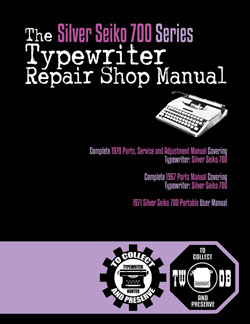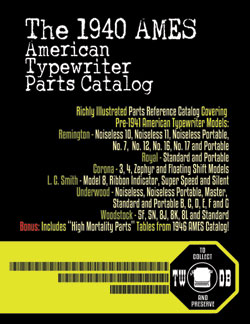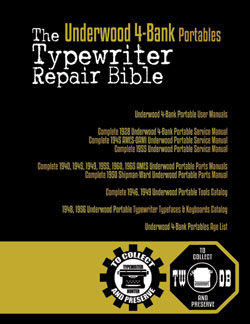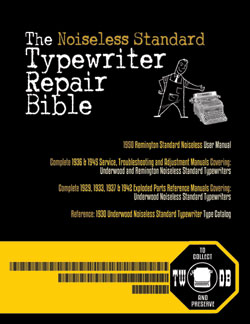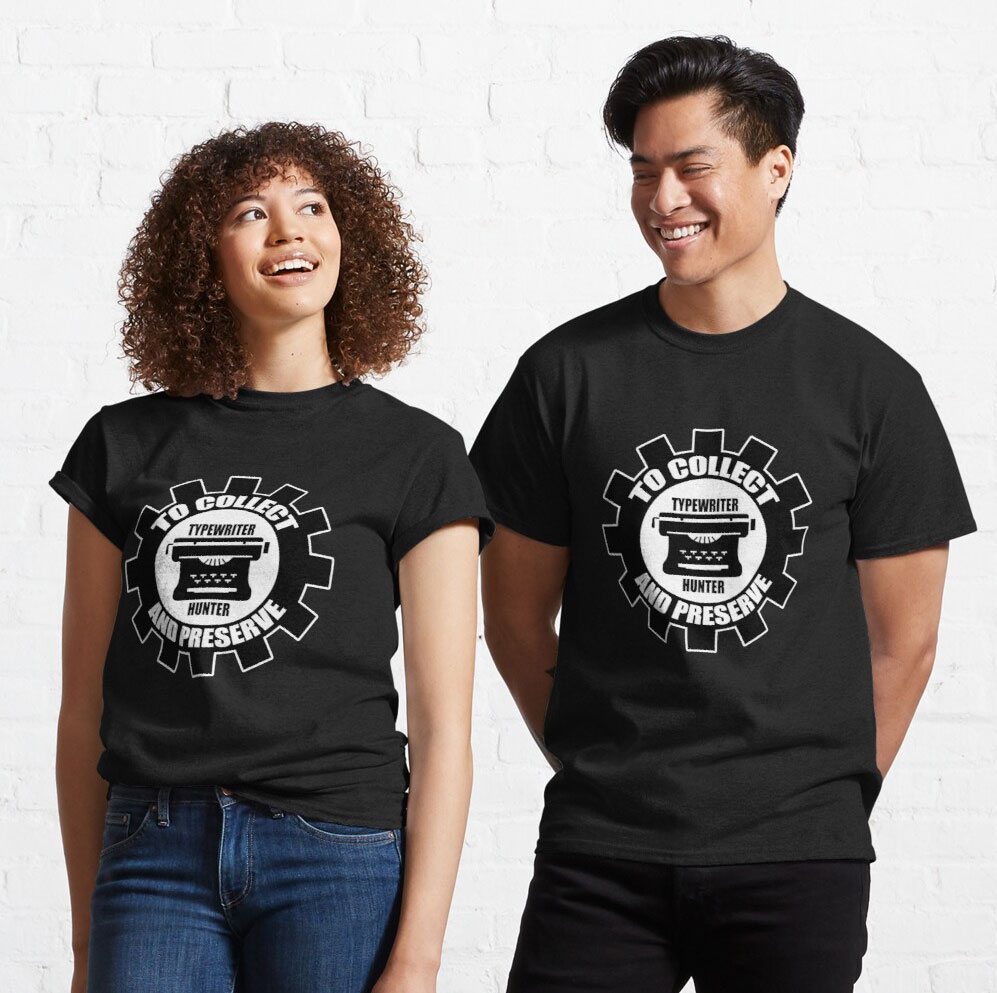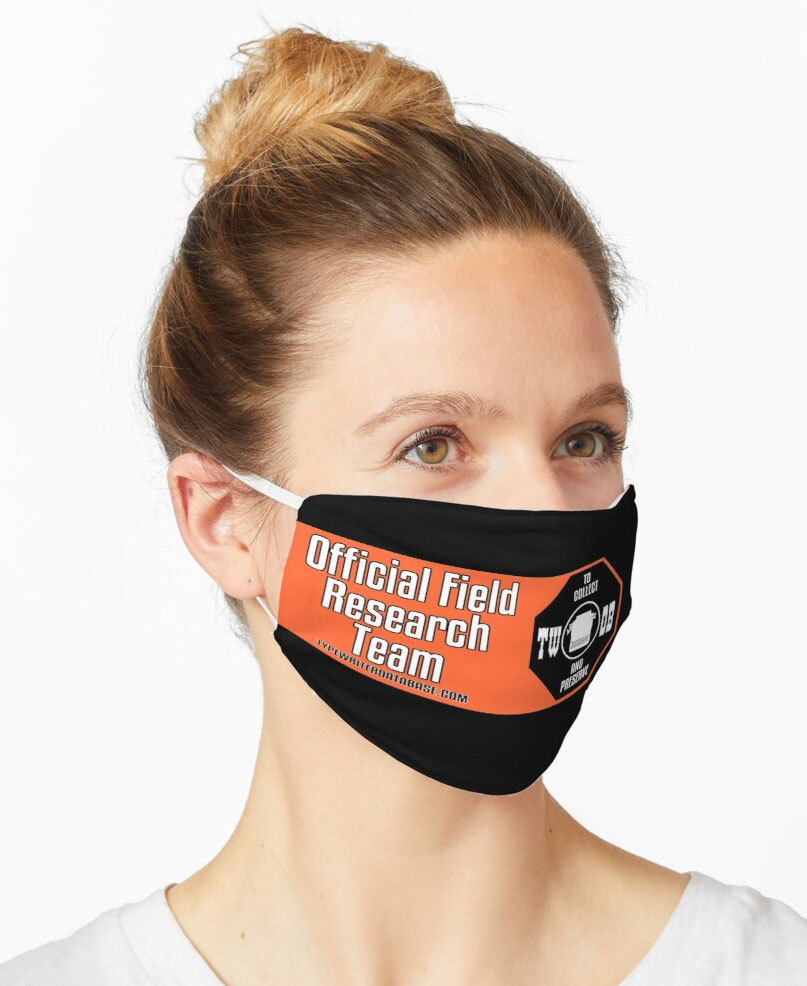1896 Underwood 1 #2915-1
Status: My Collection
Hunter: Mark Schrad (MLSchrad)
Created: 07-06-2023 at 07:32PM
Last Edit: 07-06-2023 at 07:38PM
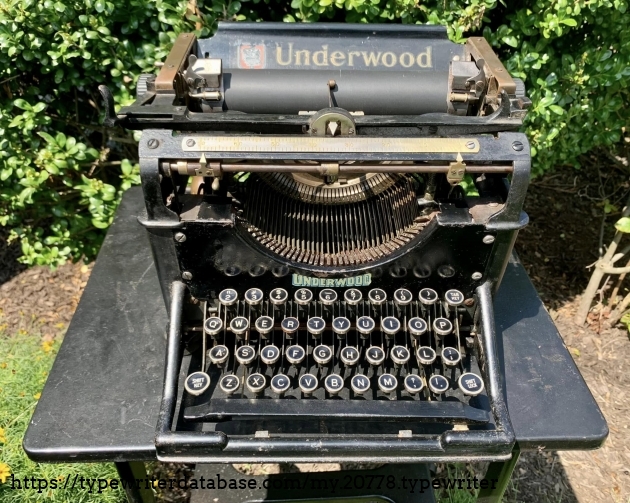
Description:
Ok, here it is: this is a very rare (Wagner) Underwood 1 typewriter from 1896, serial number 2915.
The machine:
The Underwood 1: the machine that would set the standard for the entire typewriter industry for decades. Underwood 3s/4s/5s/6s are ubiquitous because of the ingenuousness of Franz X. Wagnerâs original design 1894 design.
This machine, 2915-1, is one of the earliest Underwood 1s known to exist. It was still in the era when Franz Wagner was tinkering around the edges of his grand design, so there are many unique features on this machine, even compared to the other few known examples (different style of plating, different design of paper-finger rollers, different design of carriage-release bar and knobs, etc. etc. And there are *dozens* of differences from the 3/4/5s of later generations).
This particular machine has led many lives. For the last 50 or so years, it was part of the illustrious Clark Family Collection, and spent much of that time displayed prominently at the National Office Equipment Historical Museum in Kansas City. (Listed by serial number in this 1993 ETCetera magazine: https://etconline.org/backissues/ETC023.pdf) So, truly a museum piece.
Whatâand whereâwas the status of this machine before Dennis Clark found it in the 1970s or â80s, I donât know. But in a time before Marketplace, Craigslist, or even the internet, the Clarks scoured classifieds and travelled the length and breadth of the country, collecting typewriters.
But the machine itself does provide some clues of its past lives. I suspect the machine was used heavily, and serviced regularly. One easy tell of an early, early Wagner-manufactured Underwood is that it does not have the UT logo on the paper tray on top. This one *does* have the UT logo. But the paper table itself seems to be original to the machine (judging by both the shape and the screw-hole placement, which is unique to the 1 and different from later models). Also, I suspect that they keytops may have been replaced. They are notâas I initially suspectedâUnderwood keys from the 1930s/40s, which are debossed. These are not, making them unlike most keytops Iâm accustomed to. So while both the keytops and the decal may not be original, I canât say with absolute certainty.
The preservation:
As a unique museum piece, I took care to preserve it with a light touch. The entire machine has been partially disassembled to clean and reassembled. Iâd be happy to chronicle the rust and grime thatâd built up over time on display that had inhibited its practical use. The rubber platen is in surprisingly good shape (once again indicative that it had been cared-for and serviced in its previous life), and the rubber feed-rollers are still surprisingly supple, round, and work well.
The external components were well cleaned and cared for; the internal mechanisms (typebars, carriage rails, slugs, escapement, shift mechanisms, linkages, etc. etc.) were all cleaned and de-rusted to allow for smoother use of operation.
The outside of the machine was cleaned with care, while preserving the copper-hued patina on the carriage elements (see pics). Some of the key rings wobble a bit during heavy use.
The front plate of the machine says âUnderwood,â and the earlier pin striping can still be seen. A dedicated preservationist may be able to bring those back to the fore⌠but for a price. The same thing goes for the âWagner Typewriter Companyâ decals on the back, which further differentiate it from later generations of Underwoods.
In the endâafter itâs years as a museum pieceâit is now back to a fully functional state. Testament to the genius of Wagnerâs design, you could sit down and write an entire book on this machineâsomething utterly unthinkable to pretty much any other writing machine built over 125 years ago.
Typeface Specimen:
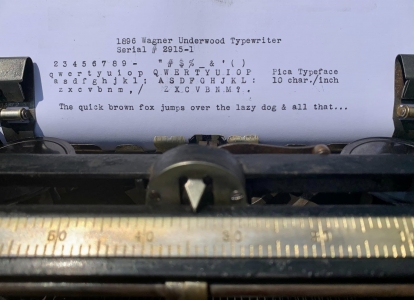
Photos:
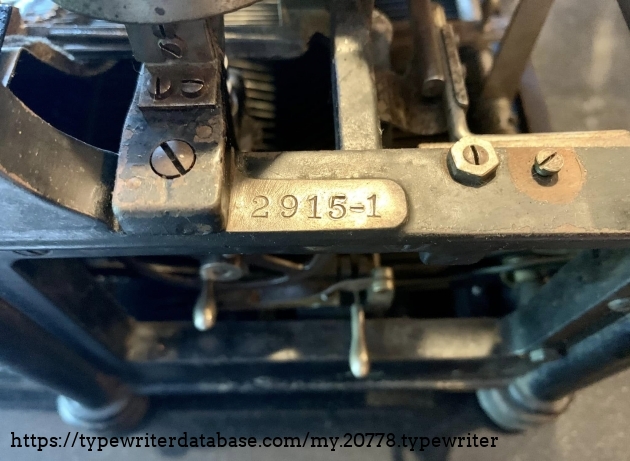
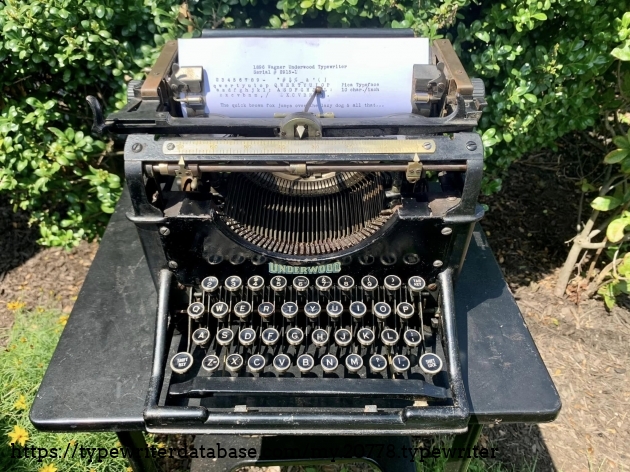
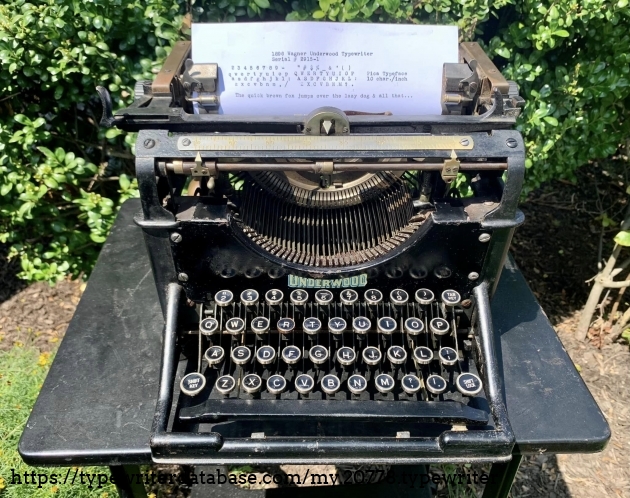
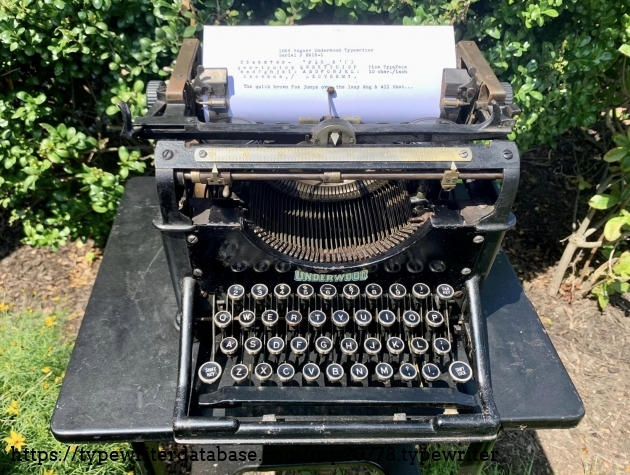
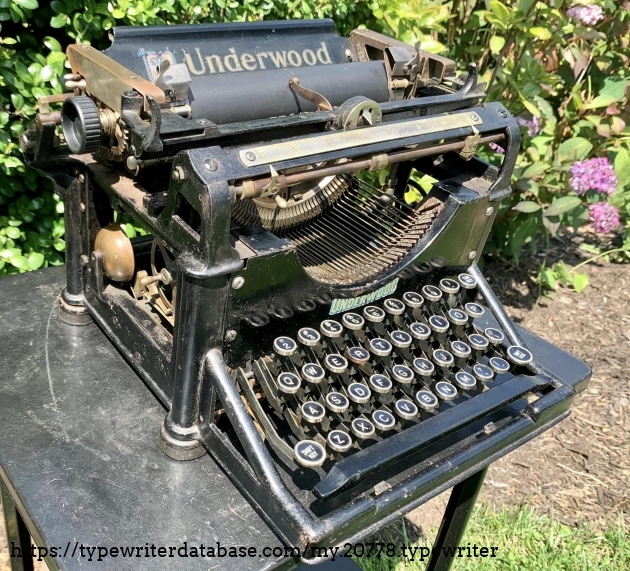
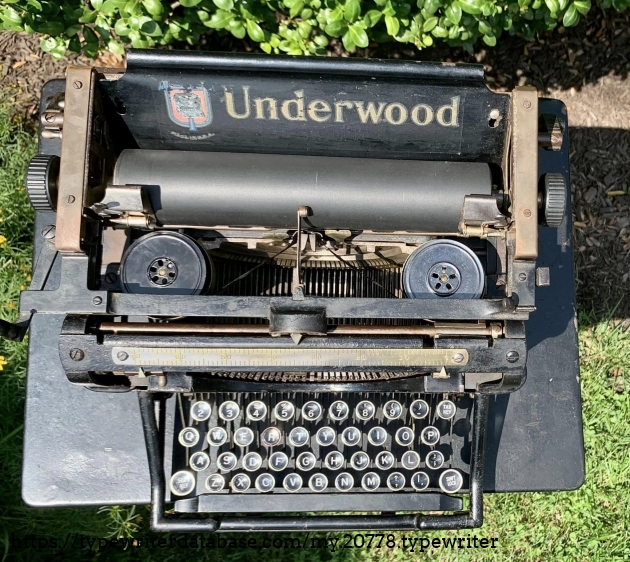
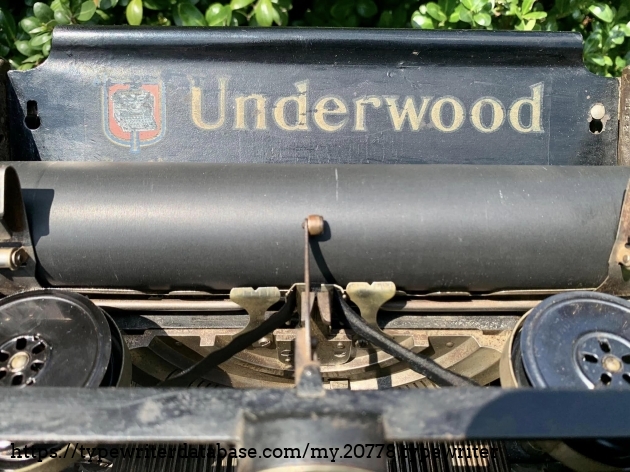
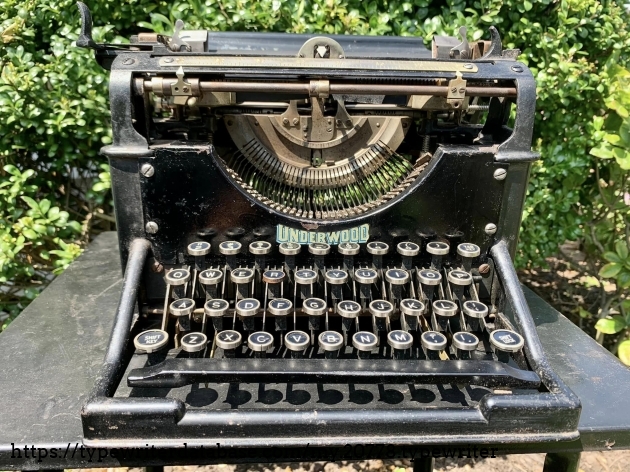
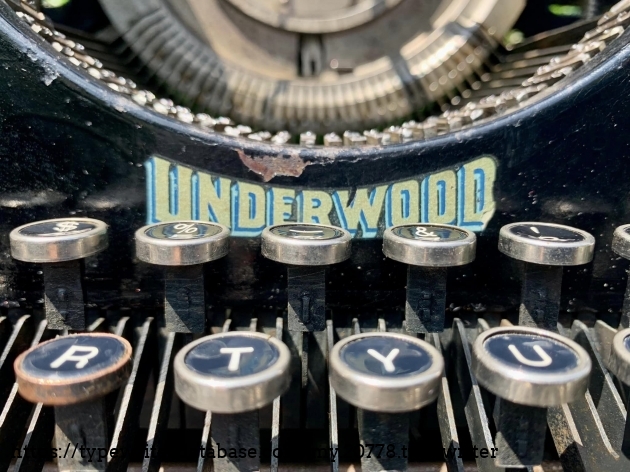
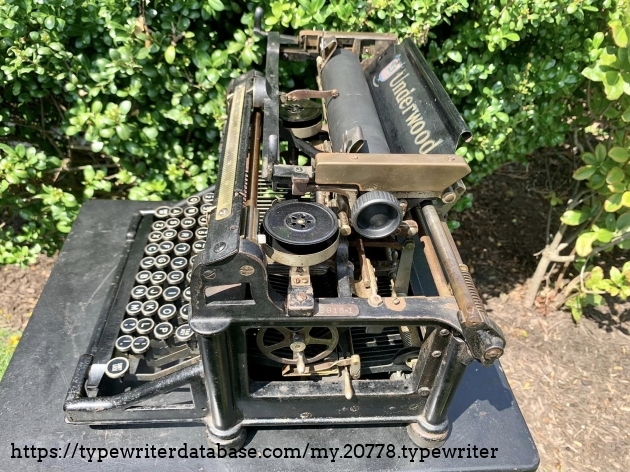
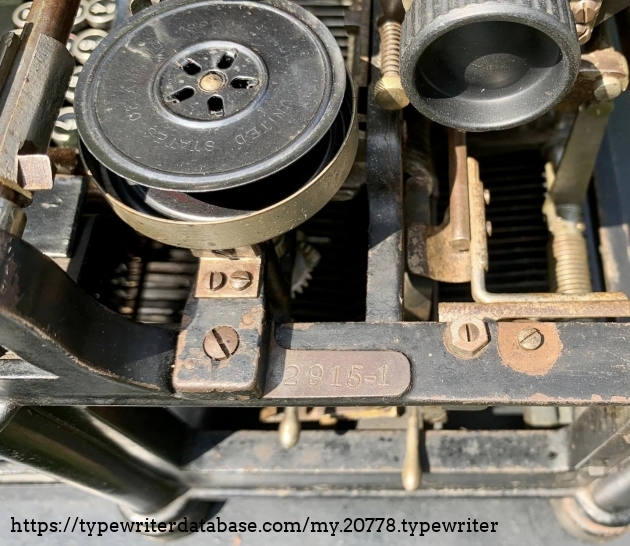
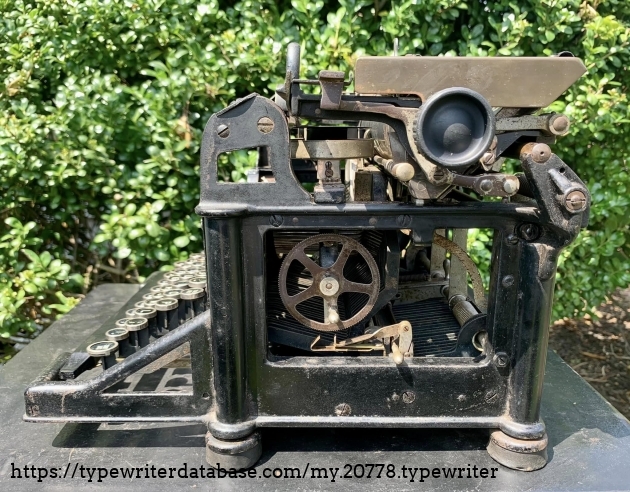
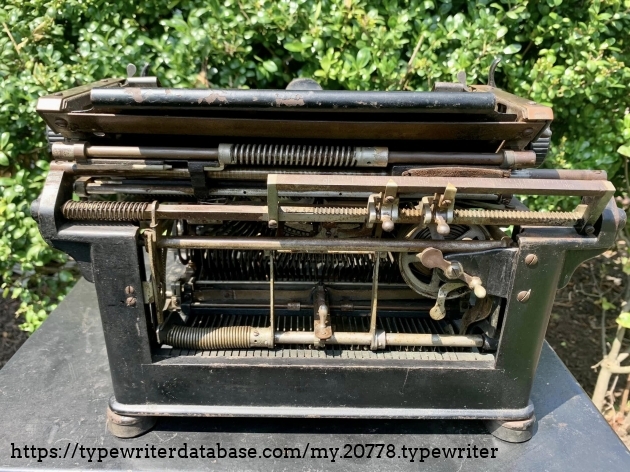
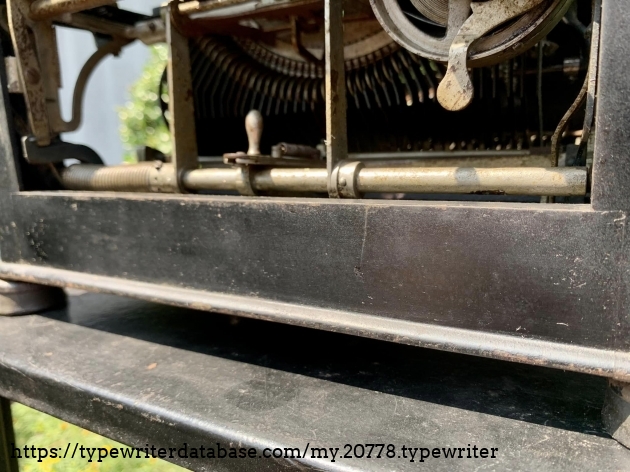
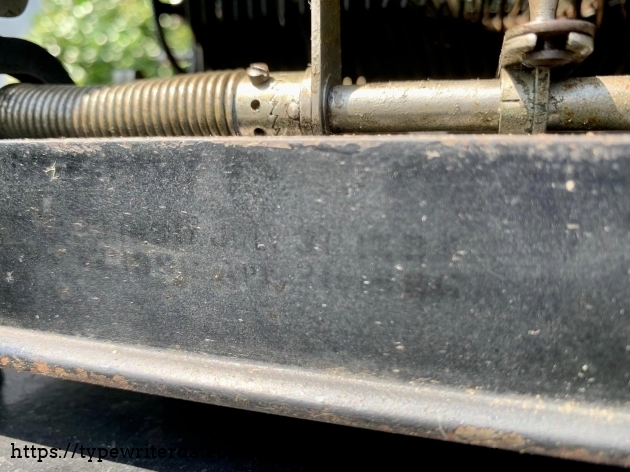
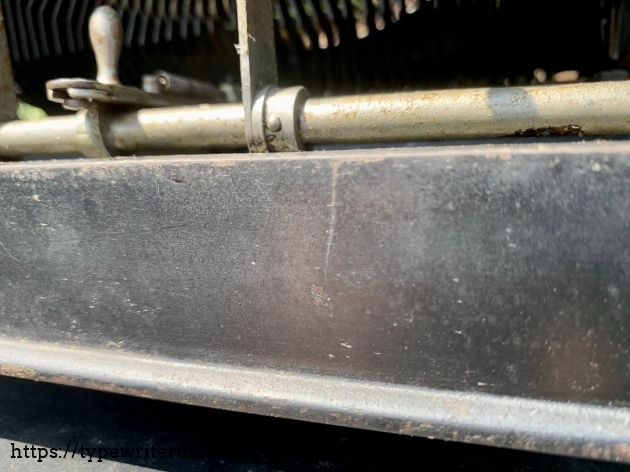
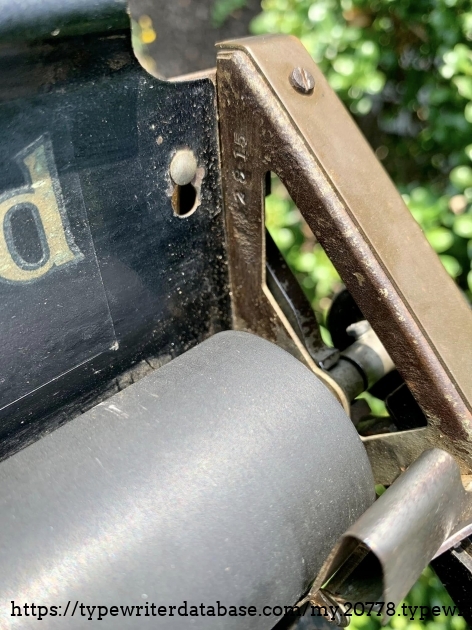
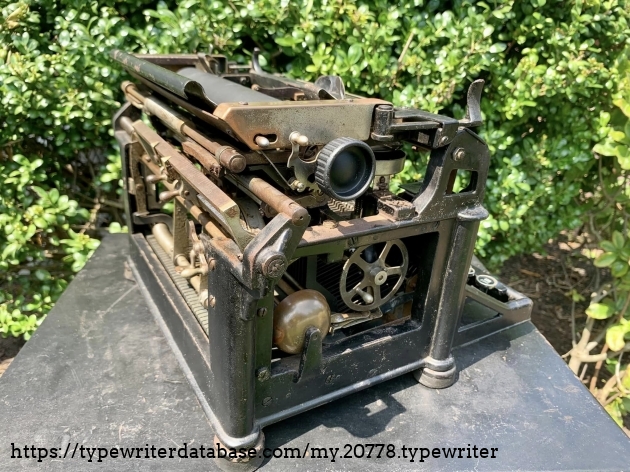
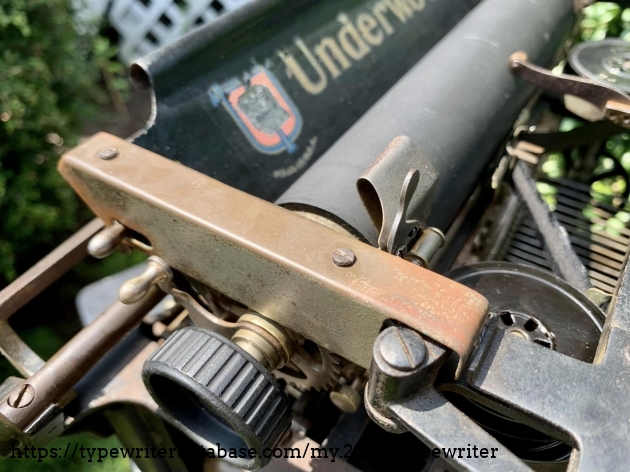
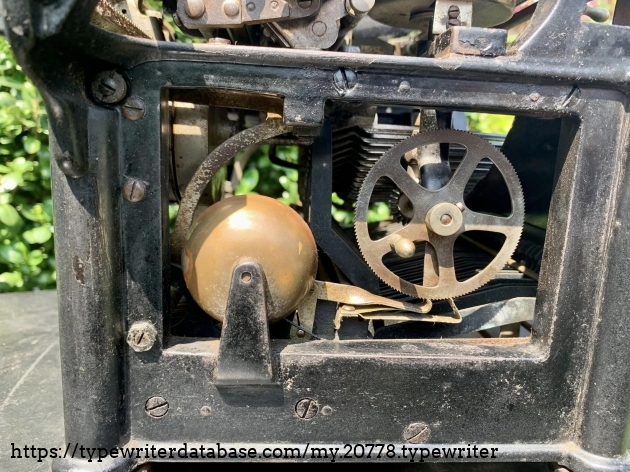
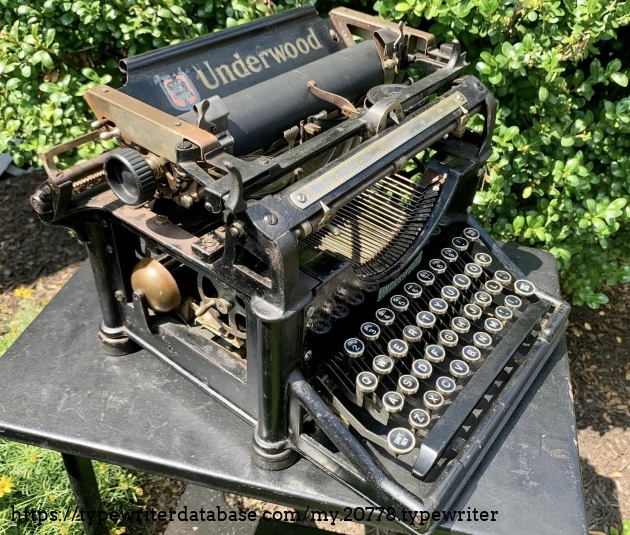
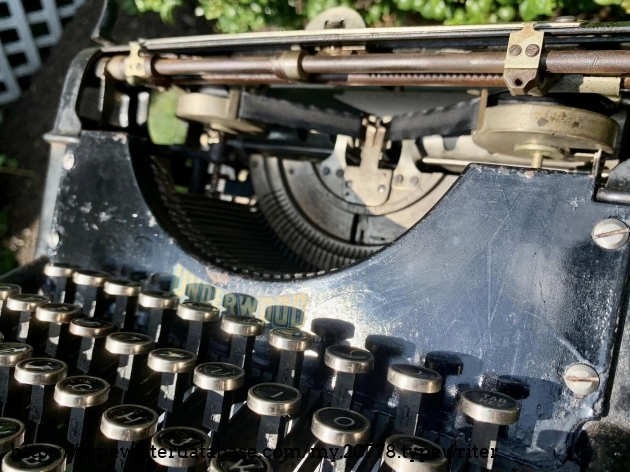
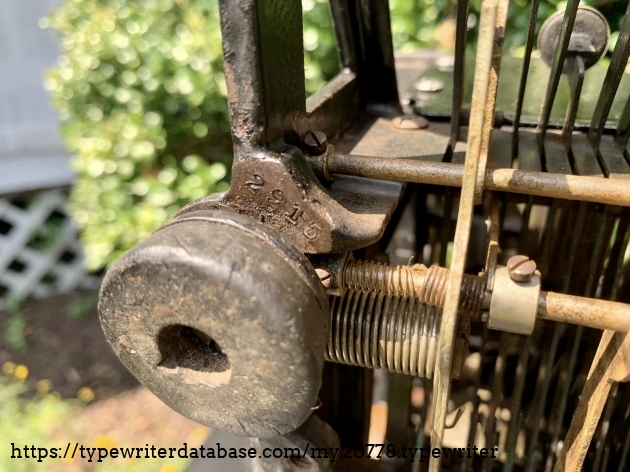
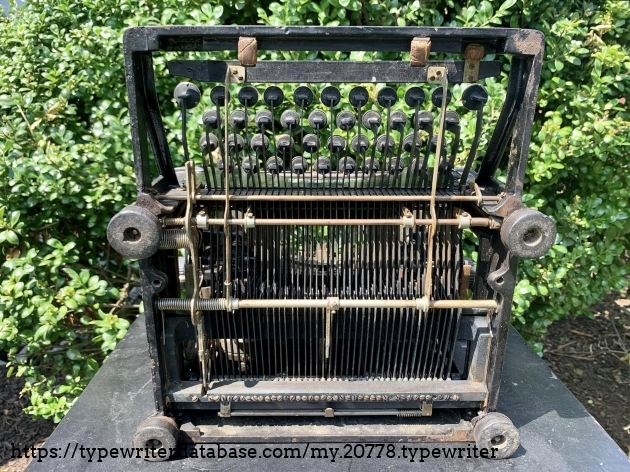
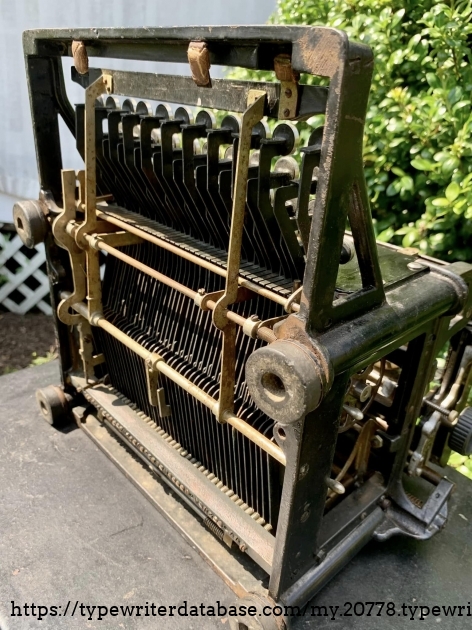
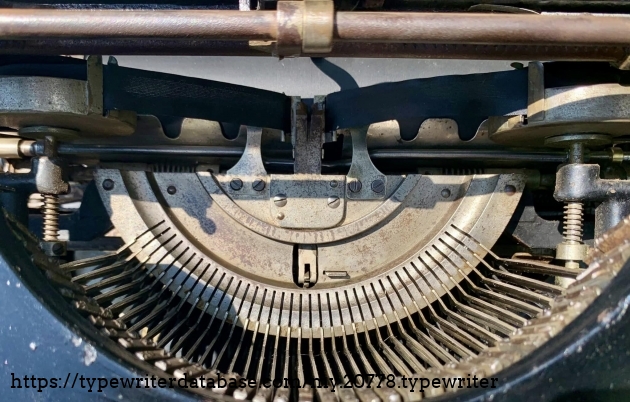
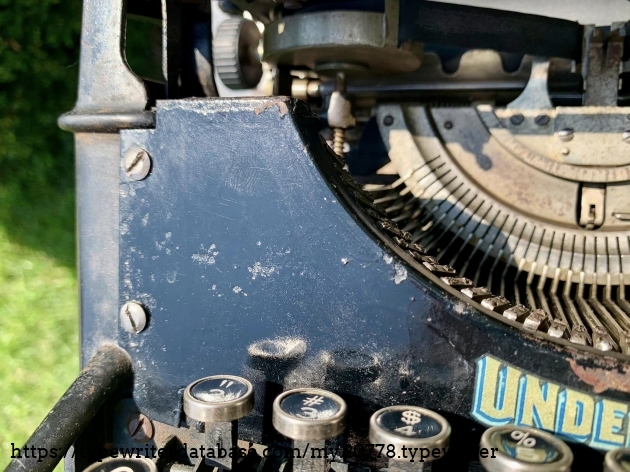
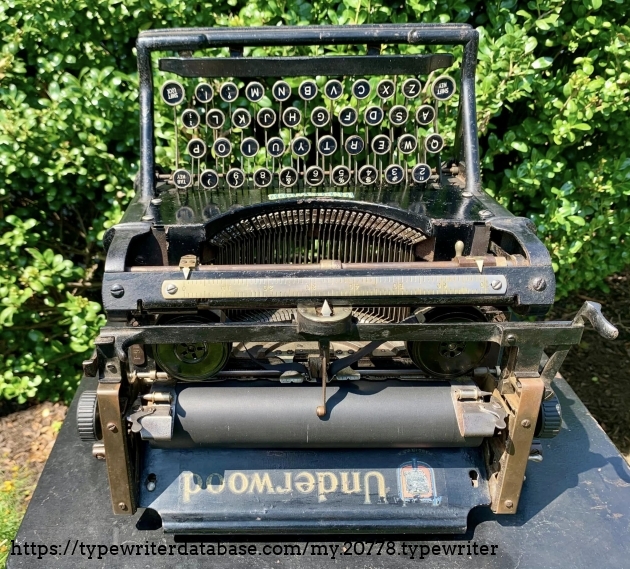
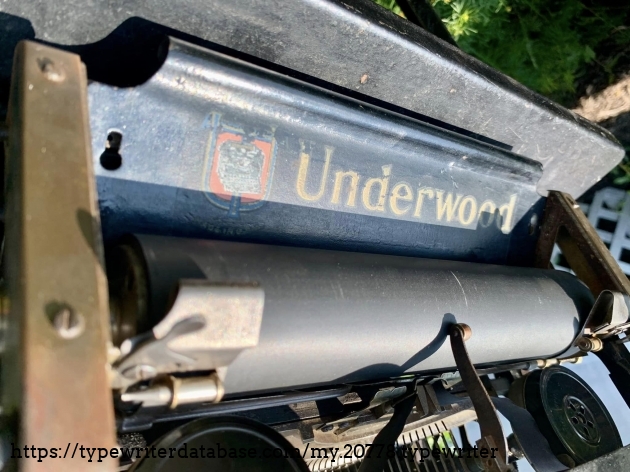
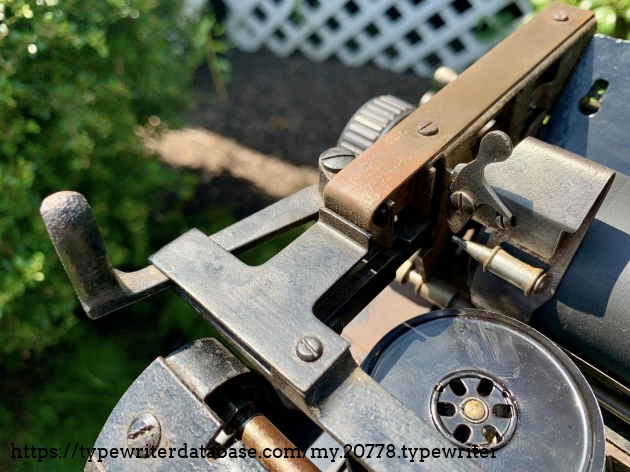
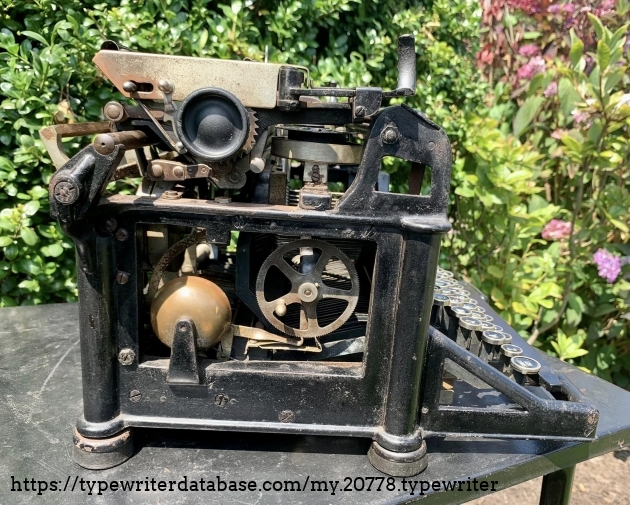
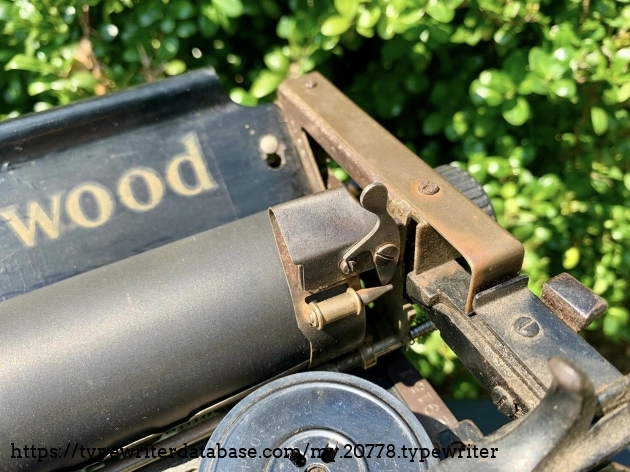
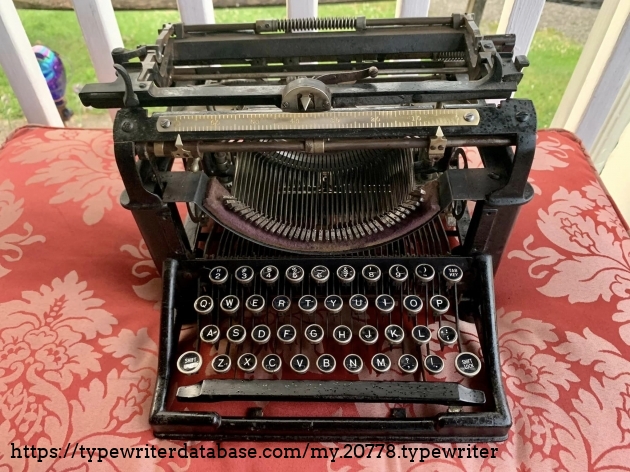
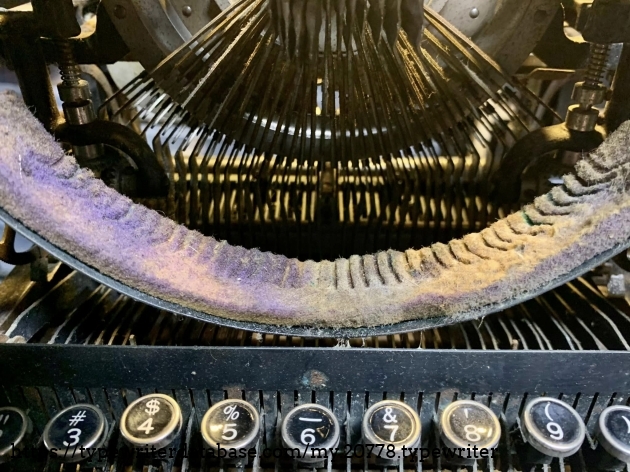
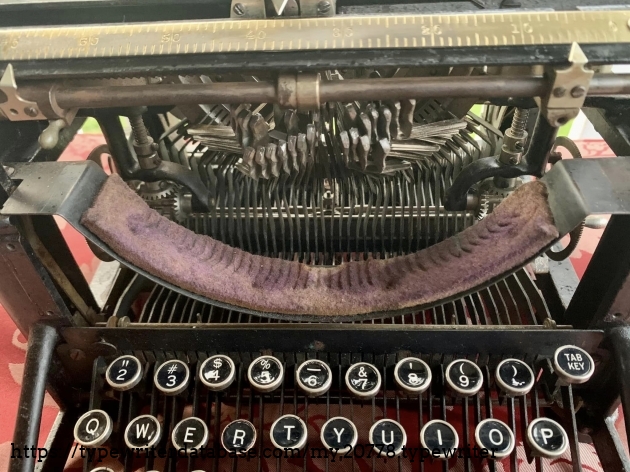
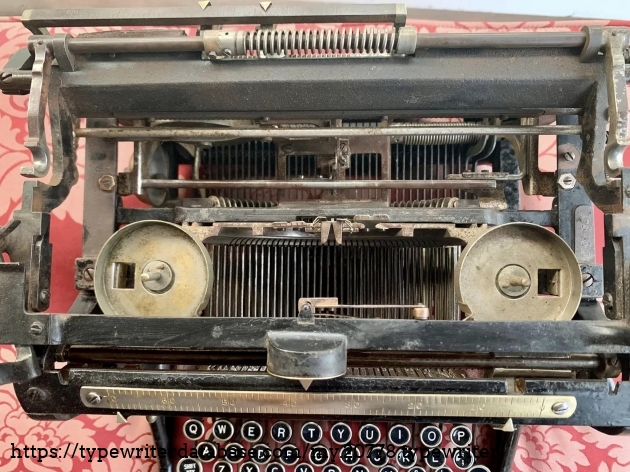
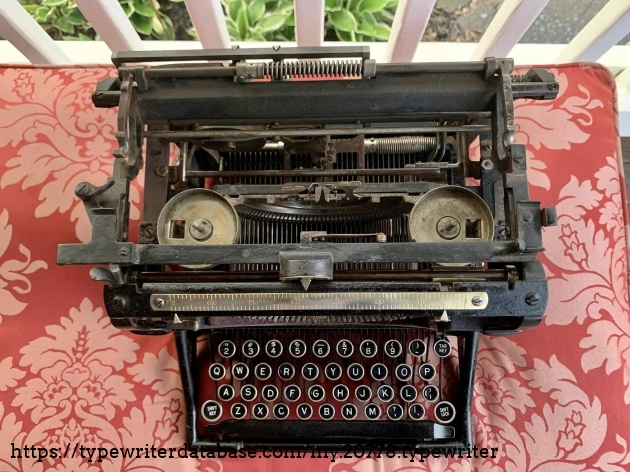
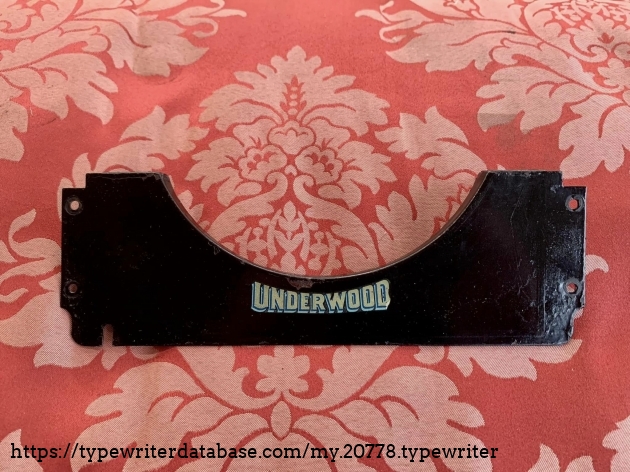
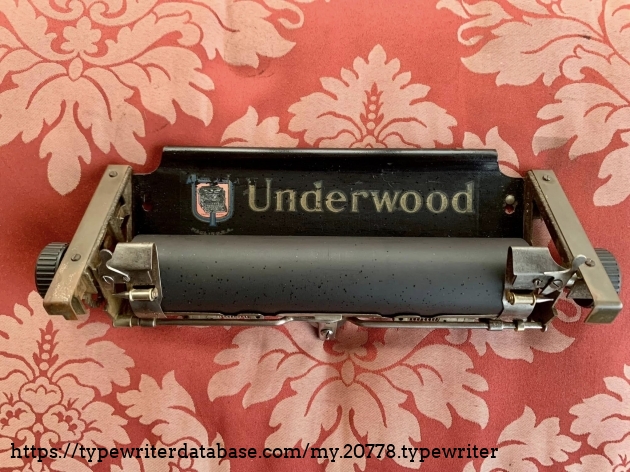
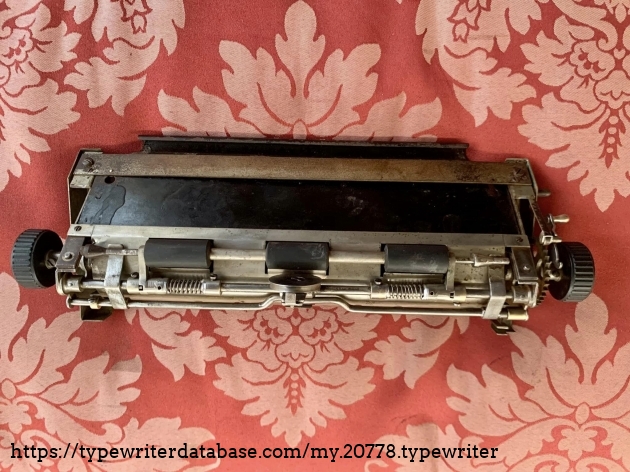
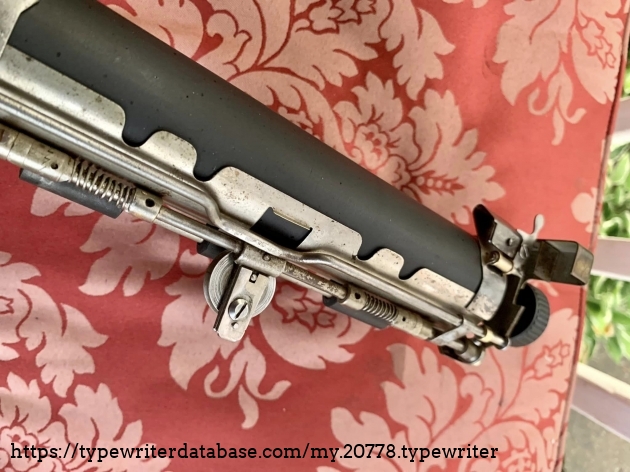
Hunter: Mark Schrad (MLSchrad)
Mark Schrad's Typewriter Galleries [ My Collection ] [ My Sightings ]
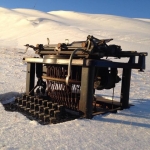
Status: Typewriter Hunter
Points: 26346
Professor of Political Science and Director of Russian Area Studies at Villanova University. Writes about alcohol politics, Russia, and international law when not refurbishing old typewriters.
RESEARCH NOTE: When researching the Underwood 1 on a computer with lots of screen real estate, you may find that launching the Underwood Serial Number page and the Underwood 1 By Model/Year/Serial page in new browser windows can give you interesting perspectives on changes throughout the model series.
